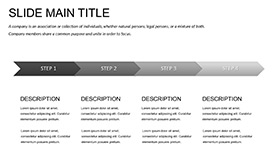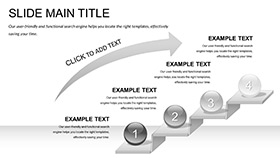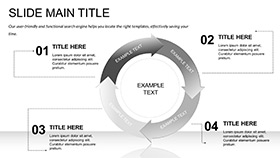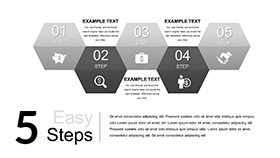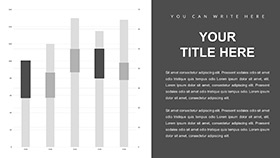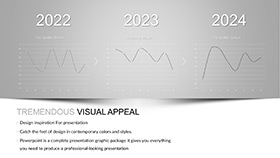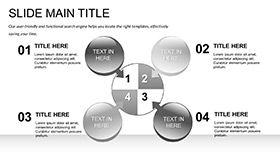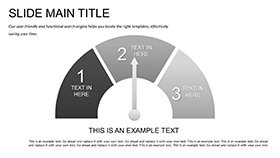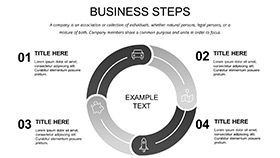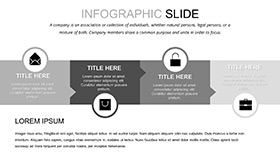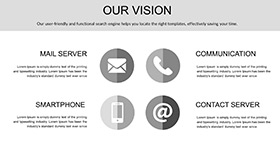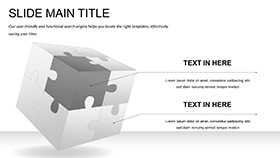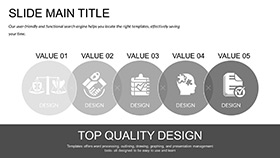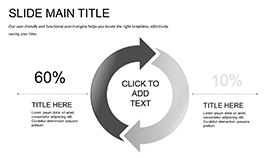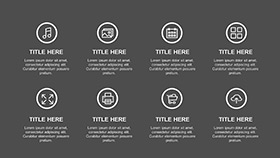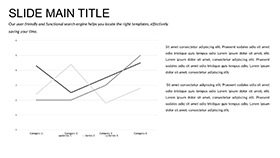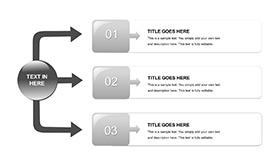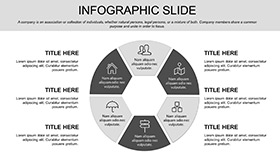Often overshadowed in broader digestive talks, esophagus conditions like GERD or Barrett`s deserve their spotlight - and this template provides it. Geared toward gastroenterologists, medical students, and dietitians aiming to demystify swallowing disorders, it offers 28 specialized diagrams, three master templates, three backgrounds, and seven color options to craft presentations that digest tough topics smoothly.
Visualize a slide unrolling the esophageal tube like a flexible hose, highlighting stricture points with pinpoint accuracy, or a sequence mapping acid reflux paths in real-time layers. Editable in PowerPoint 2016+, it frees you to layer in endoscopy footage or patient journeys, creating decks that feel as fluid as the subject matter. Drawing from endoscopic training visuals, it prioritizes clarity over clutter.
Core Components: Building Blocks for Esophageal Insights
Three masters lay the groundwork: a header with tubular motifs, a wide canvas for procedural steps, and a close-up frame for histological details. Backgrounds include a neutral clinical, a flowing azure for motility, or a subtle grid for measurements.
Navigating the 28 Esophagus-Focused Diagrams
Curated for sequential storytelling, these slides cover the pipeline from normal function to interventions.
- Slides 1-4: Anatomy essentials, cross-sections with sphincter highlights, resizable for focus.
- Slides 5-9: Disorder origins, arrow flows for hiatal hernia mechanics.
- Slides 10-14: Sign arrays, bubble maps for dysphagia triggers.
- Slides 15-19: Exam protocols, step ladders for manometry setups.
- Slides 20-24: Therapy branches, from PPIs to dilations, with progress trackers.
- Slides 25-28: Monitoring summaries, line graphs for pH trends.
Color schemes - seven in total, from diagnostic greens to alert ambers - refresh the entire set uniformly.
Applied Uses: From Rounds to Research
In residency rounds, attendings use exam slides to walk through barium swallows, annotating live. Students in GI rotations customize disorder origins for exam prep, quizzing via hidden reveals. Nutritionists adapt therapy branches for client plans, visualizing dietary tweaks.
Its print-friendly vectors suit journal submissions or handouts equally well.
Customization Roadmap
- Initiate: Load .potx, assign master, tweak footer with contact info.
- Detail: Populate flows with procedure notes using shape data.
- Dynamic: Wire in morph transitions for motility demos.
- Refine: Balance text via ruler tools for readability.
- Roll Out: Convert to accessible formats for virtual shares.
Rooted in procedural workflows, this approach sharpens focus on education.
Elevated Over Everyday Designs
Ditch pixelated defaults for scalable paths that trace exact anatomies. Aspect flexibility avoids cropping woes, and file previews speed collaborations. For diverse audiences, adjustable contrasts aid visibility.
Streamline your esophagus education - acquire this template for $22 and flow forward.
Frequently Asked Questions
What conditions are covered?
Key ones like esophagitis, achalasia, and cancers, with room for additions.
Can I import medical images?
Certainly - frames are set for overlays without alignment issues.
Version requirements?
PowerPoint 2016 minimum; features scale down gracefully.
Color application ease?
One-click via variants; test in grayscale for prints.
Suitable for lectures?
Yes, with ample space for speaker notes integration.
Export options?
PDF, video, or image sequences for versatility.






